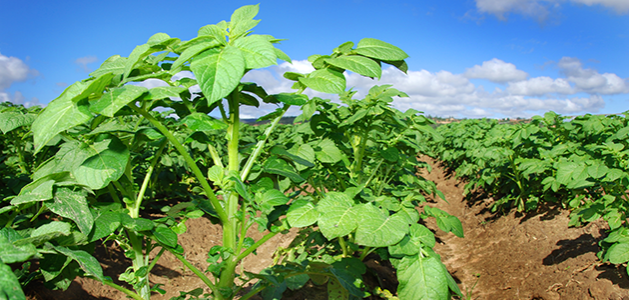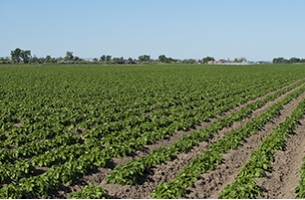5 Essential Tips for Scouting Nutrient Deficiency
Timing is critical when scouting because once the signs of nutrient deficiency are clearly visible, it means the crop has already been stressed. Don't put it off ― supplemental fertilization may be needed right away. These five tips will help you prevent nutrient deficiencies that could hurt quality or profitability.

Tip #1 - Take regular soil samples
To understand both nutrient levels and physical/chemical properties of the soil, regular soil sampling is a must.
Tip #2 - Tissue sampling
Understanding nutrient levels in the soil profile is only half the knowledge you need. Tissue testing is a good way to monitor nutrient levels currently in the plant.
Tip #3 - Follow the water
Typically nutrients are driven to plant roots via water movement, so consider the following when scouting:
- Look for areas that have poor water movement such as compacted areas, clay/plow pans, and crusting
- Look for places where excess water movement can cause nutrients to be leached out of root zones, such as coarse textured soils or areas where flooding can occur
Tip #4 - Cool soil temperatures slow nutrient availability
The use of starter fertilizer can help overcome this.
Tip #5 - Check and monitor soil pH
Some nutrients become unavailable at a certain pH, or likewise can become toxic.
- Look for naturally occurring areas of high and low pH
- Broadly, N fertilizers can cause acidification of soils over time
Achieving maximum potato yields depends on your fertilizer decisions, including the products you choose. For example, if your supplemental potassium source is high in salt, you may be adding other risks to your vulnerable crop. Protassium+® premium sulfate of potash (SOP) is a better choice because it's virtually chloride-free, plus it has the added benefits of sulfate sulfur.




